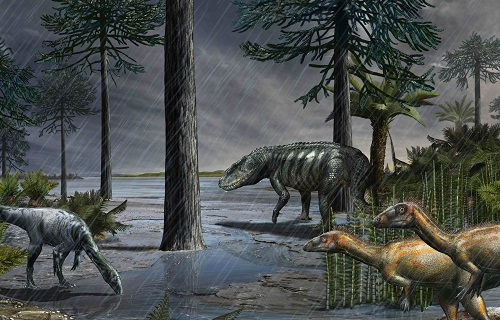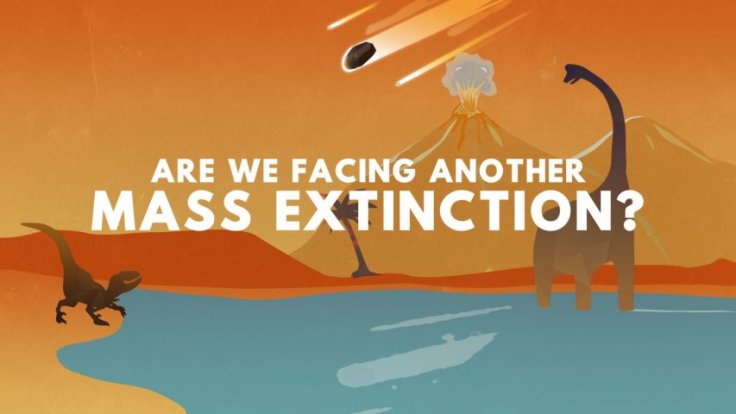It's known that the planet's wildlife is increasingly under the boot of humanity and now a new study, using the most comprehensive dataset on the "human footprint," that maps the accumulated impact of human activities on the land's surface, found intense human pressures across the range of a staggering 20,529 terrestrial vertebrate species.
The study, conducted by researchers from WCS, University of Queensland, and other groups, found that some 85 percent or 17,517 species of the 20,529 analyzed have half their ranges exposed to intense human pressure, with 16 percent or 3,328 species entirely exposed.

They found that threatened terrestrial vertebrates and species are disproportionately exposed to human pressure, suggesting that there are an additional 2,478 species considered 'least concern' that have considerable impact on their survival.
Rapid extinction of species
The Human Footprint examined the impact of population density, dwelling density, human access via roads or rail, human land-use patterns such as urban areas, agriculture, forestry, mining, large dams and electrical power infrastructure. These pointers of human pressure are already known to have driven several species to the brink of extinction.
Though the study has reiterated already known finding, the authors said the results have the potential to improve how species' vulnerability in other areas for the sake of conservation. For instance, the data can help assess the progress over the 2020 Aichi Targets - especially Target 12, which deals with preventing extinctions, and Target 5, which deals with preventing loss of natural habitats.
Aichi Targets of 2020
The UN has declared 2020 as the International Year of Plant Health (IYPH) focusing on healthy plants on Earth to make the oxygen we breathe and give us 80% of the food we eat. Plants sustain our livestock and also provide habitat for wildlife, form the base of nature's food chains and help biodiversity to thrive.
On the same lines, Target 12 of 2020 Aichi Targets says, "By 2020 the extinction of known threatened species has been prevented and their conservation status, particularly of those most in decline, has been improved and sustained." Along with it, the Target 5 says, "By 2020, the rate of loss of all natural habitats, including forests, is at least halved and where feasible brought close to zero, and degradation and fragmentation is significantly reduced."

Authors seek action
The lead author of the paper , Christopher O'Bryan of the University of Queensland said their "work shows that a large proportion of terrestrial vertebrates have nowhere to hide from human pressures ranging from pastureland and agriculture all the way to extreme urban conglomerates."
Explaining it further, senior author James Watson of WCS and the University of Queensland said, "Given the growing human influence on the planet, time and space are running out for biodiversity." Using cumulative human pressure data, he said researchers can identify areas that are at higher risk and require immediate conservation to ensure wildlife has enough range to persist.









